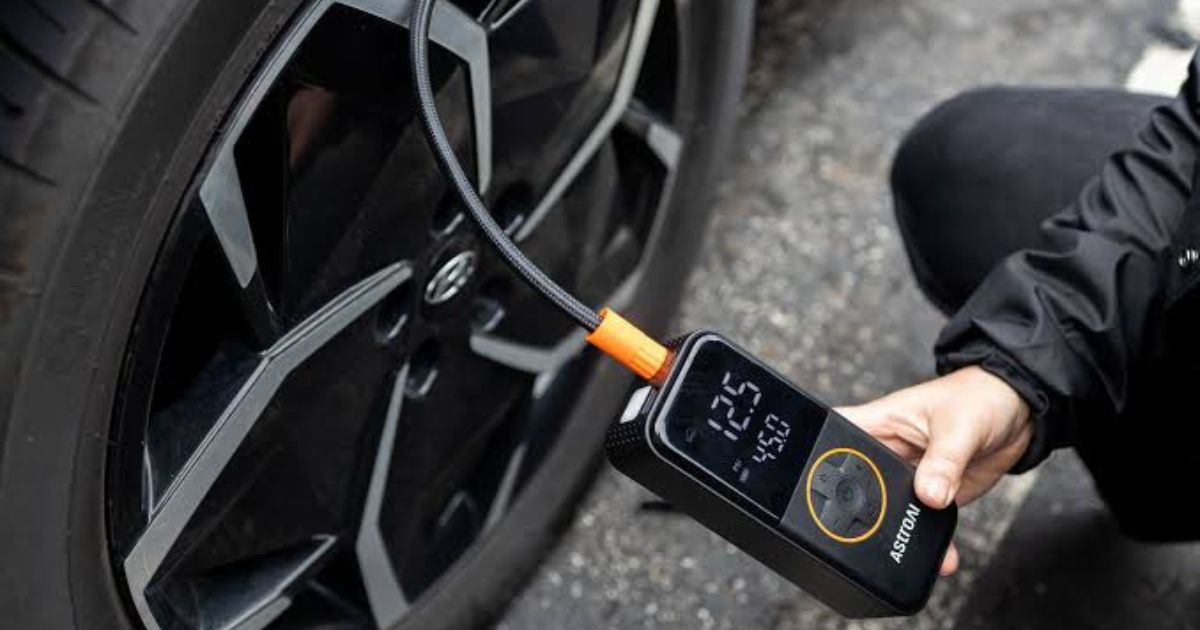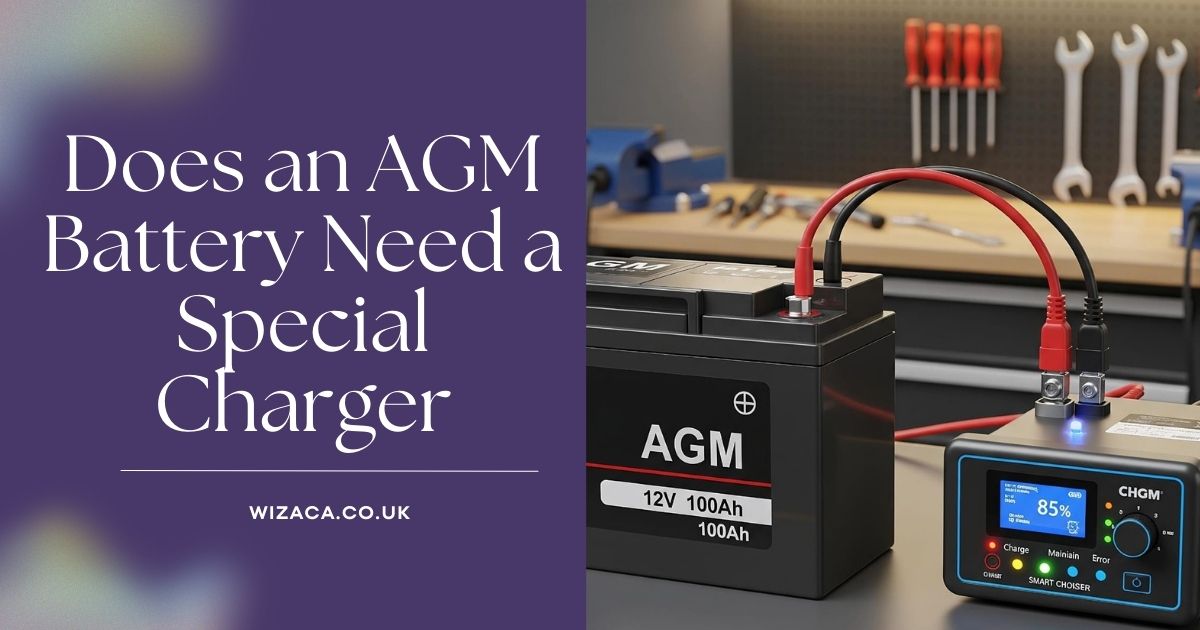When you’re inflating your tires, you’ve probably noticed the term PSI mentioned on tire inflators. You might wonder, “Does all tire inflator use PSI?” The simple answer is yes, most tire inflators measure pressure in PSI (Pounds per Square Inch), as it is the standard unit of pressure used in the automotive industry. However, understanding how PSI works in tire inflators and whether other units are used in some cases can help clarify things further. In this article, we will explore why PSI is commonly used, how tire inflators work, and whether other pressure units are ever used.
What is PSI?
Before diving into tire inflators, let’s define what PSI means and why it’s important for inflating tires.
PSI Explained
PSI stands for Pounds per Square Inch, which is a unit of pressure used to quantify the amount of force applied to a given area. In the context of tires, PSI measures the amount of air pressure within the tire. Proper tire pressure is crucial for safety, fuel efficiency, and the overall performance of the vehicle.
Tires are designed to function optimally at a specific PSI, which is usually indicated on a label inside the driver’s door or in the car’s manual. Under-inflated or over-inflated tires can lead to poor handling, reduced fuel efficiency, or even tire blowouts.
How Tire Inflators Use PSI
Most modern tire inflators, whether portable or built into a car, use PSI as the unit of measurement for tire pressure. Here’s why:
Common Use in the Automotive Industry
PSI is the standard unit of pressure in the United States and many other countries for automotive applications. Tire manufacturers, mechanics, and car owners alike all use PSI to measure and set tire pressure, making it the most consistent and universally understood unit for this purpose.
Built-in PSI Gauge
Most tire inflators come with a built-in PSI gauge to show the current pressure of the tire as it’s being inflated. When you attach the inflator’s nozzle to the tire valve, it will show the pressure in PSI, allowing you to monitor and adjust the air as necessary.
Adjusting Tire Pressure
Tire inflators are designed to automatically inflate tires to the recommended PSI. Many tire inflators come with a digital or analog display that shows the current tire pressure in PSI. You can set your desired PSI, and the inflator will either stop or adjust the flow to achieve the correct pressure.
Are Other Pressure Units Used in Tire Inflators?
While PSI is the most common unit used for tire pressure, there are other units that can be used in specific regions or for certain purposes. These include:
1. BAR (Barometric Pressure)
In some countries, especially in Europe, BAR is used as an alternative to PSI. One bar is approximately equal to 14.5 PSI. Some tire inflators, particularly those sold internationally, may display pressure in bars instead of PSI.
- 1 bar = 14.5 PSI
- 2 bar = 29.0 PSI
- 3 bar = 43.5 PSI
If you encounter a tire inflator that uses BAR, you can easily convert it to PSI by multiplying the value in bar by 14.5.
2. KPA (Kilopascal)
Another unit used in some tire inflators is the kilopascal (kPa). This unit is more commonly used in scientific and industrial settings. One PSI equals approximately 6.9 kPa, and many tire inflators can display tire pressure in this unit, especially in countries that use the metric system.
- 1 kPa = 0.145 PSI
- 100 kPa = 14.5 PSI
3. ATM (Atmosphere)
Some industrial or scientific equipment may use atmospheres (ATM) as a pressure unit, although this is rare for car tires. One atmosphere is equivalent to the pressure exerted by the Earth’s atmosphere at sea level, which is about 14.7 PSI.
- 1 ATM = 14.7 PSI
Can You Use Different Units on the Same Tire Inflator?
Many modern tire inflators, especially digital ones, allow you to switch between PSI, BAR, or KPA. If you’re using a tire inflator that shows pressure in a unit you don’t prefer, you can change the settings to display the pressure in PSI.
Why PSI is Preferred
PSI remains the most popular unit of measurement for several reasons:
- Standardization: PSI is the standardized unit for pressure in the U.S. automotive industry, making it the default for most car owners.
- Widespread Use: It’s the unit used by tire manufacturers, mechanics, and car maintenance professionals.
- Convenience: Most tire inflators sold in the U.S. use PSI, so it’s easier for car owners to ensure they’re inflating their tires correctly without converting units.
Conclusion
In conclusion, yes, most tire inflators use PSI as the unit of measurement for tire pressure. This is the standard unit used in the automotive industry to ensure proper tire inflation for safety and performance. However, in some regions or specific applications, other units like BAR or KPA may also be used, but modern tire inflators often allow you to choose between different units.
For car owners in the U.S., PSI remains the most commonly used unit, making it easy to follow the manufacturer’s recommendations and keep your tires in top condition.
Also Check:
• Does Bug Spray Damage Car Paint
• Does Brake Fluid Remove Car Paint
• Does Brakes Plus Do Oil Changes










